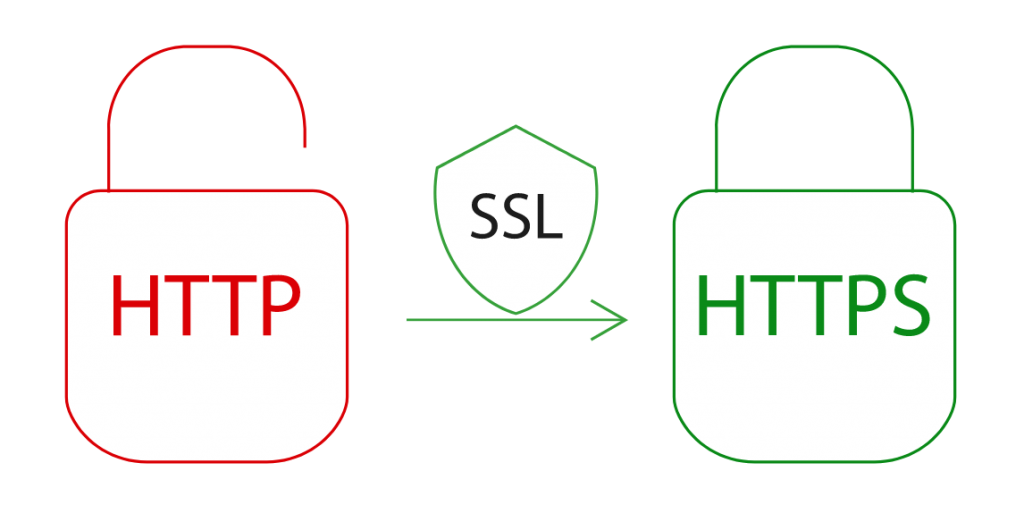5 Steps For A Successful E-Commerce Website – Part 5
In this blog series we’ve put together 5 important steps that are crucial for expanding your site to include e-commerce. Each blog post will cover 1 crucial step.
SEO
Search Engine Optimisation (SEO) is important for all websites but it is particularly important once you start selling online. While you may be able to reach new customers through marketing channels, if you’re not reaching customers googling the exact product you’re selling by appearing at the top of their searches, then you’re really missing out. So let’s have a look at a few easy ways to get started.
Keywords
First, find out what keywords your customers are searching for (there are several free tools to do this but the most popular is Google Analytics). For example, if you own a clothing business you might find people are searching for pink tee-shirts in Australia – your keywords are ‘pink’ ‘tee-shirts’ ‘Australia’. To optimise for SEO, your keywords then need to appear in the crucial places listed below. It’s important to note that “stuffing” keywords into pages in an unnatural manner can have a negative effect on SEO.
Page Titles
The page title will form the URL and it will also be shown in search engine results. The length of the title should be less than 70 characters.
Meta Descriptions
Use readable phrases containing your keywords to describe your page. The length of the description should be less than 320 characters and will also be displayed in search results.

Image Alternative (Alt) Text
Alt text is text displayed in the place of an image when an image cannot be loaded on the screen (eg. for users with a vision impairment or by an automated Google bot). It is important to set text on your images not only for SEO but also to make your website accessible for those using screen readers. Create readable phrases using your keywords to describe each image.
H1 Header Titles
Use your keywords to create the main title on each page.
Page Content
Carefully think through your page content and product descriptions to include keywords.
SSL Certificate
If you don’t already have one, your website will absolutely need an SSL certificate when you expand into the e-commerce space. Without one you won’t be able to process payments but it will also negatively affect your site’s SEO.

Page Speed
Slow page speed harms SEO. The slower your page speed, the higher your bounce rate and the less recurring visitors you will see. If a page takes longer than 3 seconds to load, 40% of visitors will abandon the site and even worse, 80% won’t return. Google will recognise the high bounce rate and your ranking will decrease. This is why it’s important to make sure plugins, images and hosting are all optimised correctly.
Summary
We hope you’ve enjoyed reading through our blog series on 5 Steps For A Successful E-Commerce Website.
It doesn’t matter what level of experience you’ve had with e-commerce before, the most important thing for success is that you are able to work with professionals who clearly understand your business and your requirements.
If you have any questions or would like some help with your e-commerce store, please get in touch.
Ruby Findley
Blue Tongue Digital
0401 398 447
ruby@bluetonguedigital.com.au
Read the full blog series here:
- Site Composition (Part 1)
- Quality Content (Part 2)
- Built For Sales (Part 3)
- Generating Traffic (Part 4)
- SEO SEO SEO (Part 5)
E-Commerce Showcase Websites (Industry standard examples built by Blue Tongue Digital)
- Multi product e-commerce site – Nordic Living
- Single product e-commerce site – Soundbar 360



